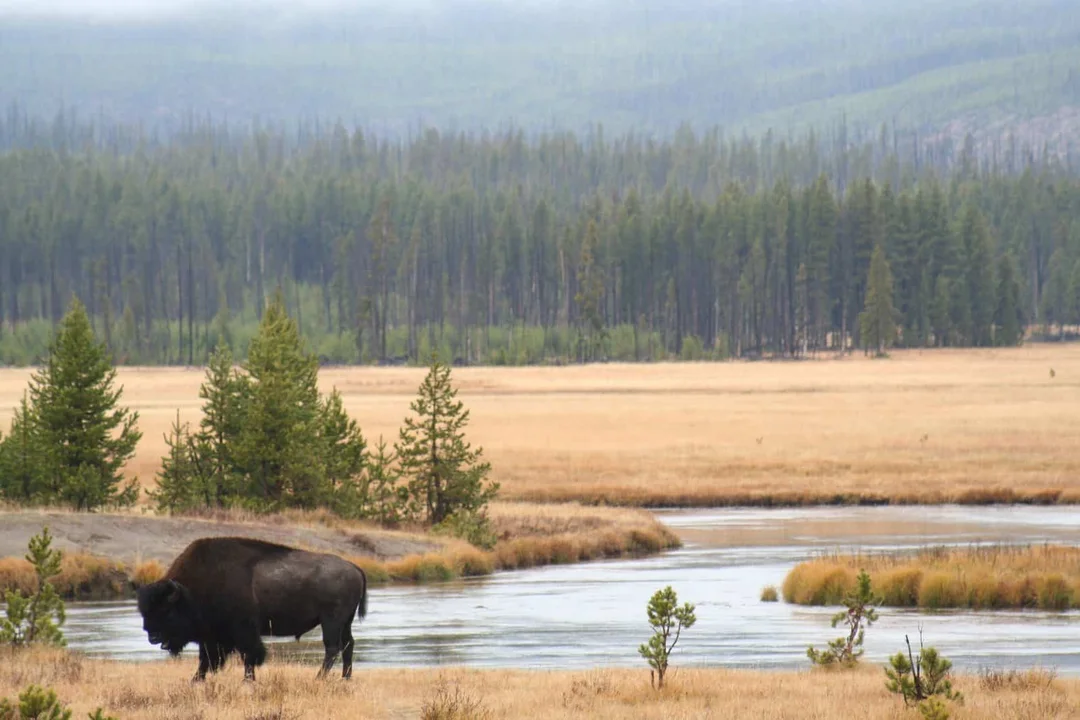
The Impact of Federal Budget Cuts on Tribal Wildlife Management and Education
In recent months, the relationship between tribal nations and the federal government has come under scrutiny, primarily due to federal budget cuts that are jeopardizing wildlife management and education in Indigenous communities across the United States. These changes not only threaten critical conservation efforts but also impact the education and future of Native American students.

According to data from the Native American Fish and Wildlife Society (NAFWS), approximately 60% of tribal nations have reported experiencing freezes or cancellations of essential federal grants that aid wildlife conservation and manage resources. Julie Thorstenson, executive director of NAFWS, expressed concern over how these funding cuts disrupt ongoing tribal fisheries surveys, which are vital for managing local biodiversity and food security.
The turmoil extends into the educational sector, as reported by students such as Kaiya Brown from the Southwestern Indian Polytechnic Institute. Following significant layoffs of faculty and staff—20 individuals at her college alone—Brown described the emotional turmoil that engulfed the student body. Many essential support systems disappeared overnight, leaving students unsure about their educational futures, prompting Brown to file a lawsuit against federal education agencies for violations of treaty obligations.
Federal budget cuts, described as wielding a “wrecking ball” to Indigenous education, have not only resulted in layoffs at tribal colleges but have also jeopardized scholarships that are crucial for many Native students. With the abrupt termination of a direct connection to federal education offices, tribal leaders worry about the long-term implications for their communities. Jermaine Bell, a tribal college student, stated that such funding is essential for attaining degrees and subsequently roles in tribal governance.
Amidst these challenges, some tribal nations are finding ways to adapt. Thorson emphasizes the resilience and adaptability of Indigenous communities, noting that even as federal actions disrupt traditional practices and systems, there remains a dedicated effort toward conservation and self-determination.
As the courts deliberate on lawsuits filed against these budget cuts and their nationwide implications for Indigenous nations, questions linger about how tribal communities will secure future funding for both wildlife management and educational endeavors.
In light of the ongoing struggle for resources, it’s crucial for readers to reflect on the ethical obligations upheld by the federal government towards tribal nations. How can we advocate for policy changes that respect treaty obligations and support Indigenous communities in their fight for education and conservation? Join the conversation by leaving your thoughts in the comments.